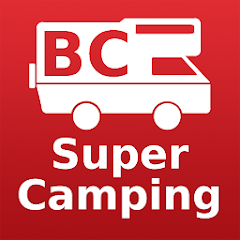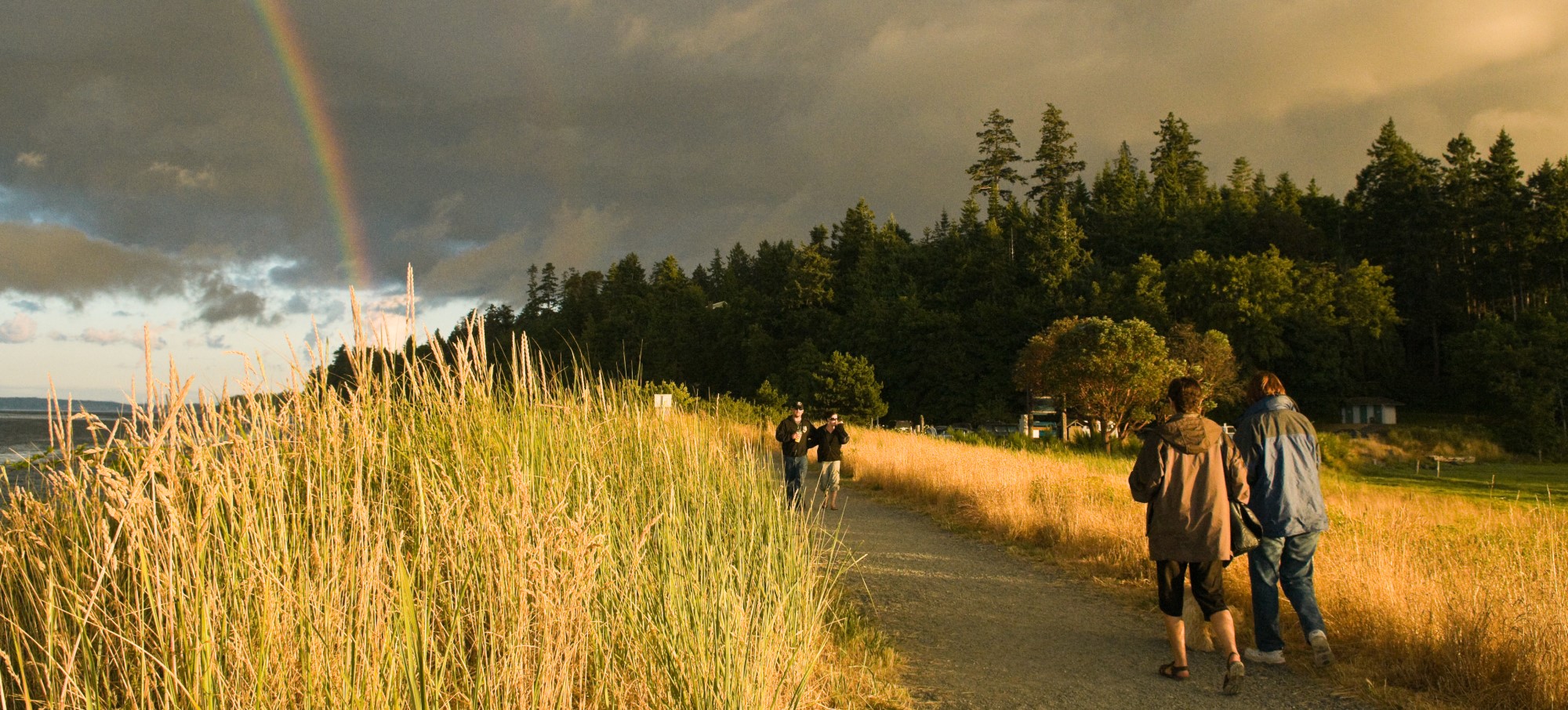Nanaimo, Pipers Lagoon Park, Photo Picture BC
Gabriola Island
Gabriola Island is known as the “Isle of the Arts” as it is home to dozens of world-renowned and emerging artists. Beaches, waterfront parks, theatre, music and the many art galleries and studios draw visitors to experience this charming island. There are also several popular attractions here. One such is Drumbeg Provincial Park where the sandstone beach has tidal pools teeming with life, beautiful driftwood, as well as magnificent diving and snorkeling opportunities. Sandwell Provincial Park is also worth visiting, with its long sandy beach and views of the Strait of Georgia, also known as the Salish Sea. At low tide you can walk down the beach to view a prehistoric petroglyph carved into the sandstone rocks. Also popular is the famous Malaspina Galleries. The product of thousands of years of erosion from wind and rain, the “galleries” have formed a beautiful cave-like sandstone formation measuring 90 m (295 ft) by 3.5 m (12 ft) overlooking the water, which visitors to the beach can safely walk under and explore. Hiking, walking and cycling trails criss-cross Gabriola and you’ll see them everywhere. Make sure you pick up a trail map.
Location
Gabriola Island is about a 20-minute ferry ride from Nanaimo, Vancouver Island. It is one of the islands that collectively make up the Gulf Islands of British Columbia and is situated in the Salish Sea in the Strait of Georgia, between Vancouver Island and the British Columbia mainland.
A Step Back in Time
The south end of Gabriola Island was first visited by the Coast Salish to hunt and fish during the hot summer seasons. Ancient petroglyphs can still be found carved into the sides of numerous sandstone cliffs. The remains of a former First Nations village can be seen extending over a kilometre on the shoreline, and artifacts are still routinely found. The name of the island is derived from the Spanish name ‘Punta de Gaviota’ (Cape Seagull), which was given to the island by Spanish explorers in the late 18th century. This name was later corrupted into “Gaviola” and eventually “Gabriola” by other settlers.
Gabriola Island and Nearby Accommodations
British Columbia Lodging and Campgrounds Association Members
List
Map
5 Listings







